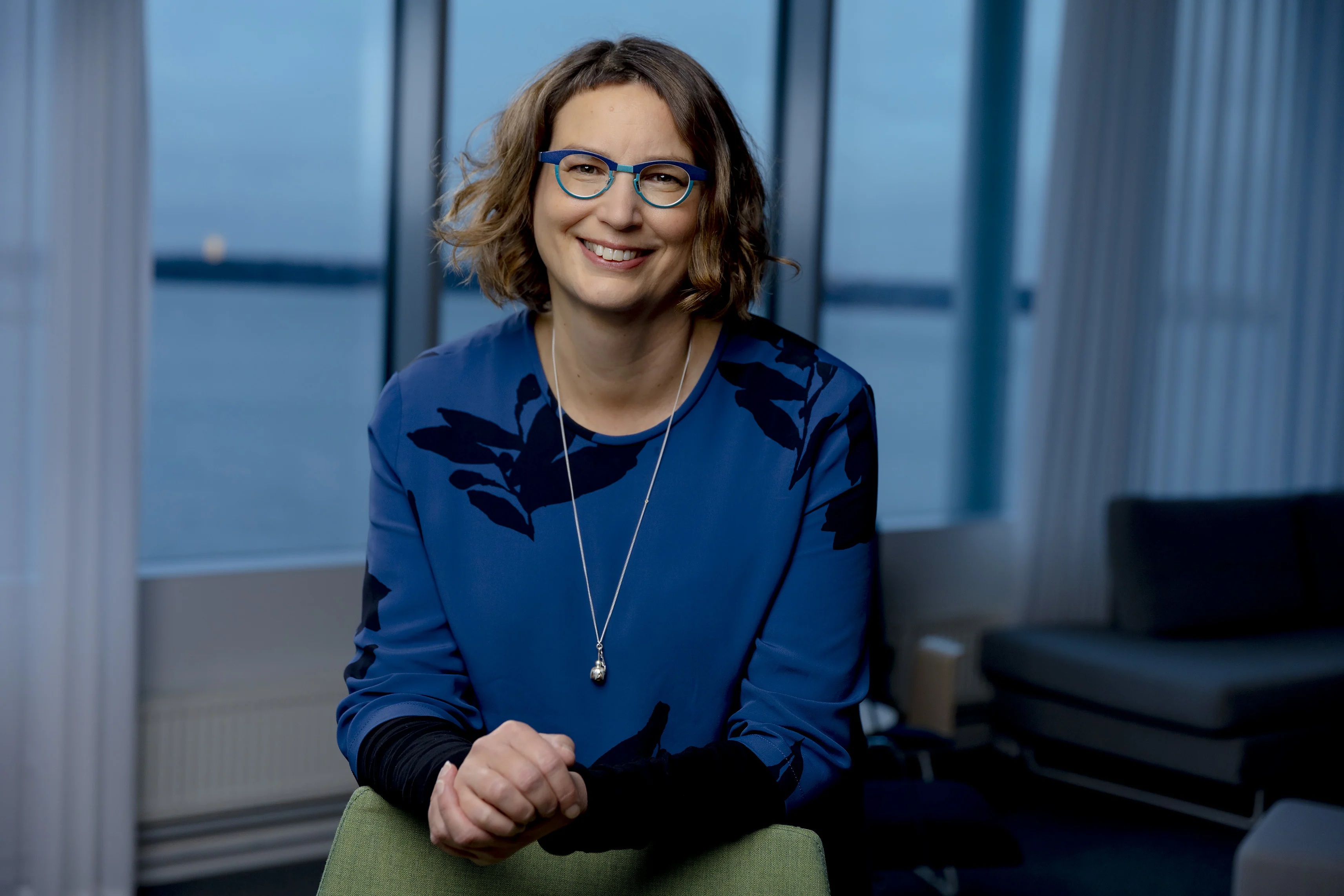
Sustainability
6 minute read
Ambitious and actionable – how Neste has broadened its sustainability vision
In this article you will learn how Neste has broadened its sustainability vision, what its building blocks are, and what measures the company will take to fulfill its strategic sustainability commitments and pursue the new vision.
Neste’s purpose is to create a healthier planet for our children. It obliges us to stretch our vision for fighting the climate crisis and widen our views on the role we can play to tackle nature loss and inequality – all of which are interlinked. This is the backdrop against which we at Neste have designed and broadened our sustainability vision that stretches across four areas: climate, biodiversity, human rights, and raw materials and supply chain.
How to set the ambition level and connect with business
A vision should be ambitious enough to raise doubts, something to challenge the whole organization to push beyond what has previously been thought possible and to guide our thinking far beyond strategy periods. But it also needs to be well-rooted in the company’s actual business and operations, choosing our playing field in a way that lets our people see the connection and feel like we can truly and realistically make this impact happen.
While a vision is all about the future, it can be energized by the past. For us as Neste, it is a journey that echoes our first wave of transformation from more than a decade ago, as we reinvented ourselves from a regional oil refiner into a global leader in renewable fuels. Now we are pushing for our next wave of transformation on all fronts, innovating new sustainable raw materials, growing our renewable offering, expanding our impact in aviation and polymers & chemicals, and leveraging our refineries to provide a wider range of low-emission solutions through co-processing.
Our new and wider sustainability vision is an integral part of this transformation: We take the lead to transform towards a carbon neutral value chain, and set ourselves aspirational targets for biodiversity, human rights, and our supply chain & raw materials.
Stretching our ambition in the fight against the climate crisis
Reducing emissions and replacing crude oil with renewable and circular solutions has been at the heart of our strategy and constitutes the core of our sustainability vision. In 2020 we enabled our customers to achieve approximately 10 million tons in GHG emission. By 2030 this number will be at least 20 million tons per year.
At the same time, we walk the talk by achieving carbon neutral production by 2035, a massive undertaking in one of the world’s hardest-to-transform industries. We will work together with others and hope to inspire more similarly ambitious journeys. Sustainability equals innovation times co-operation.
Yet these commitments are already projects with defined roadmaps. A vision’s task is to go beyond and raise the bar. Not just for the sake of it, but because we know it to be the right business decision. We therefore extend our vision beyond our own turf, beyond scope 1 and 2 emissions, and leading towards a carbon neutral and nature positive value chain. On this journey, reducing the energy intensity of sold products and working with our suppliers and partners to decrease emissions across our value chain will play a key role for tackling scope 3 emissions.
Broadening our vision to biodiversity, human rights, and supply chain & raw materials
Understanding how your business and capabilities link to society is at the heart of creating a credible sustainability strategy and vision. No company should strive to make every single aspect of sustainability their strategic priority. Our collective strength comes from understanding who the right partners are for expanding beyond our own operations, and listening, learning and co-operating, especially in areas that are not our own core.
Biodiversity is not only the next big issue the world is truly waking up to, but also closely interlinked with the question on climate change. Our vision now is to drive a positive impact on biodiversity and achieve a nature positive value chain. We aim at creating net positive impacts for biodiversity from new activities from 2025 onwards. We still need to develop our understanding on how to best move forward with this highly ambitious vision, but we are starting by working together with NGOs and research partners who have a strong understanding on the matter.
So far, we have committed to combating deforestation in our supply chains, required the same from all our suppliers, and spearheaded transparency in our industry’s supply chain. Many local activities are ongoing, such as taking care of nature and wildlife around our Porvoo refinery, and supporting a biodiversity project in the Siak and Pelalawan regions in Indonesia.
Human rights are an integral part of any business operations, not just something to worry about somewhere far away in the supply chain. Our vision is to create a more equitable and inclusive value chain in which everyone works with dignity. Priorities include requiring and securing living wages as well as using our platforms to increase children’s access to education and reduce inequalities across the value chain.
As is the case with all our focus areas, human rights are best advanced through collaboration. As an example, we have signed two partnership promises with Unilever on collaboratively advancing living wages as well as supplier equity, diversity and inclusion. These kinds of partnerships not only deepen Neste’s impact across our value chain and provide further leverage to push for positive change, but also challenge us to lead by example.
Our supply chains and raw materials are critically important for reaching our sustainability ambitions. Our vision is to drive a safe and healthy workplace, fair labor practices and increased commitment across the supply chain. We include human rights, biodiversity and climate targets as key criteria for suppliers.
We continue to require 100% of our suppliers to be committed to our supplier’s code of conduct and have a grievance process that we will continue to develop to ensure that it is best-in-class.
The time to act is now
Beating the climate crisis is still in our reach, but it requires utilizing all available solutions right now. What makes the process so difficult, and a real test to our ability to co-operate, is the fact that the major challenges and opportunities humanity faces are all interlinked.
There is danger in lofty promises or setting our targets too far in time. When it comes to achieving global objectives, loose talks must yield to measurable actions. As Neste we encourage companies and our partners to set their targets as close as possible. We aim to set an example by halving our own emissions by 2030 and reaching carbon neutrality in production by 2035.
At the same time, we recognize that no-one can do this alone. There are questions that still need answering and solutions that need to be developed. But none of this is out of our reach.
Neste's sustainability vision.
Credits:
Salla Ahonen, Vice President, Sustainability, Neste
